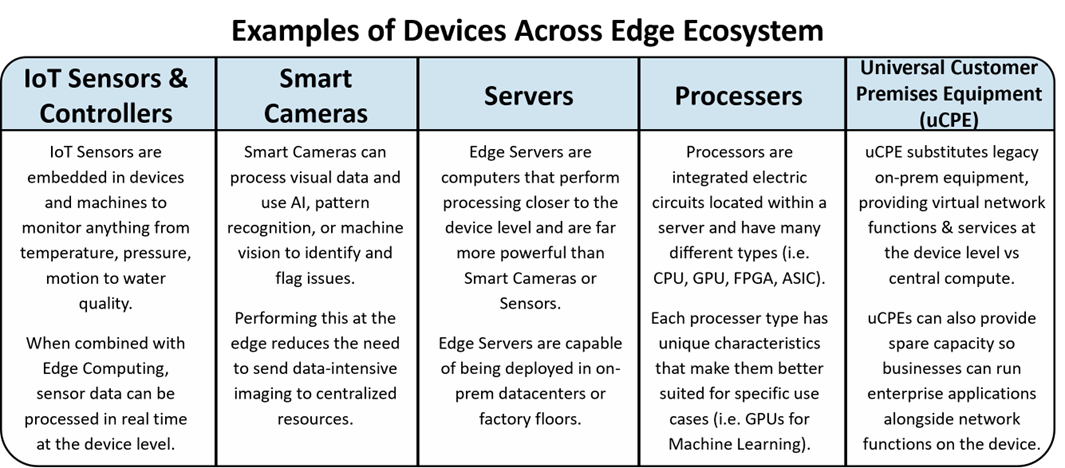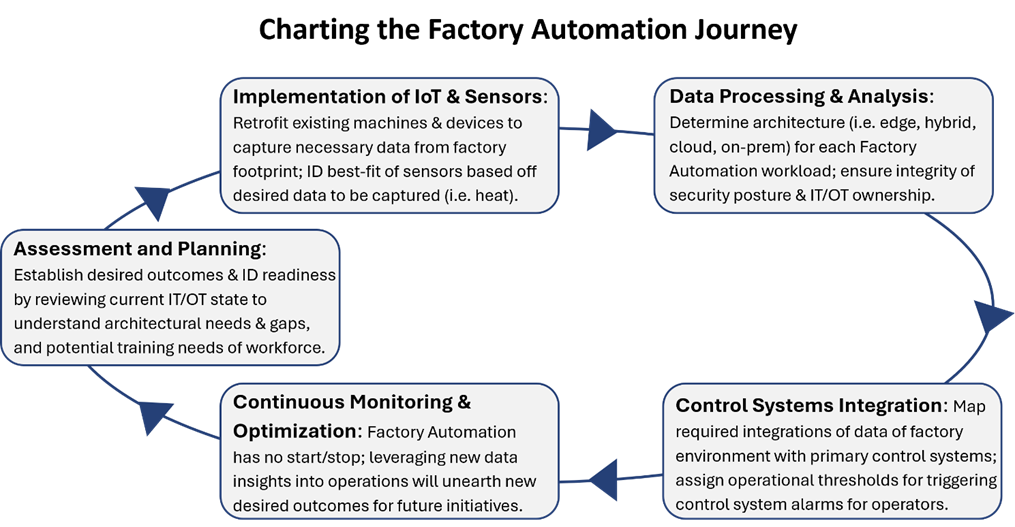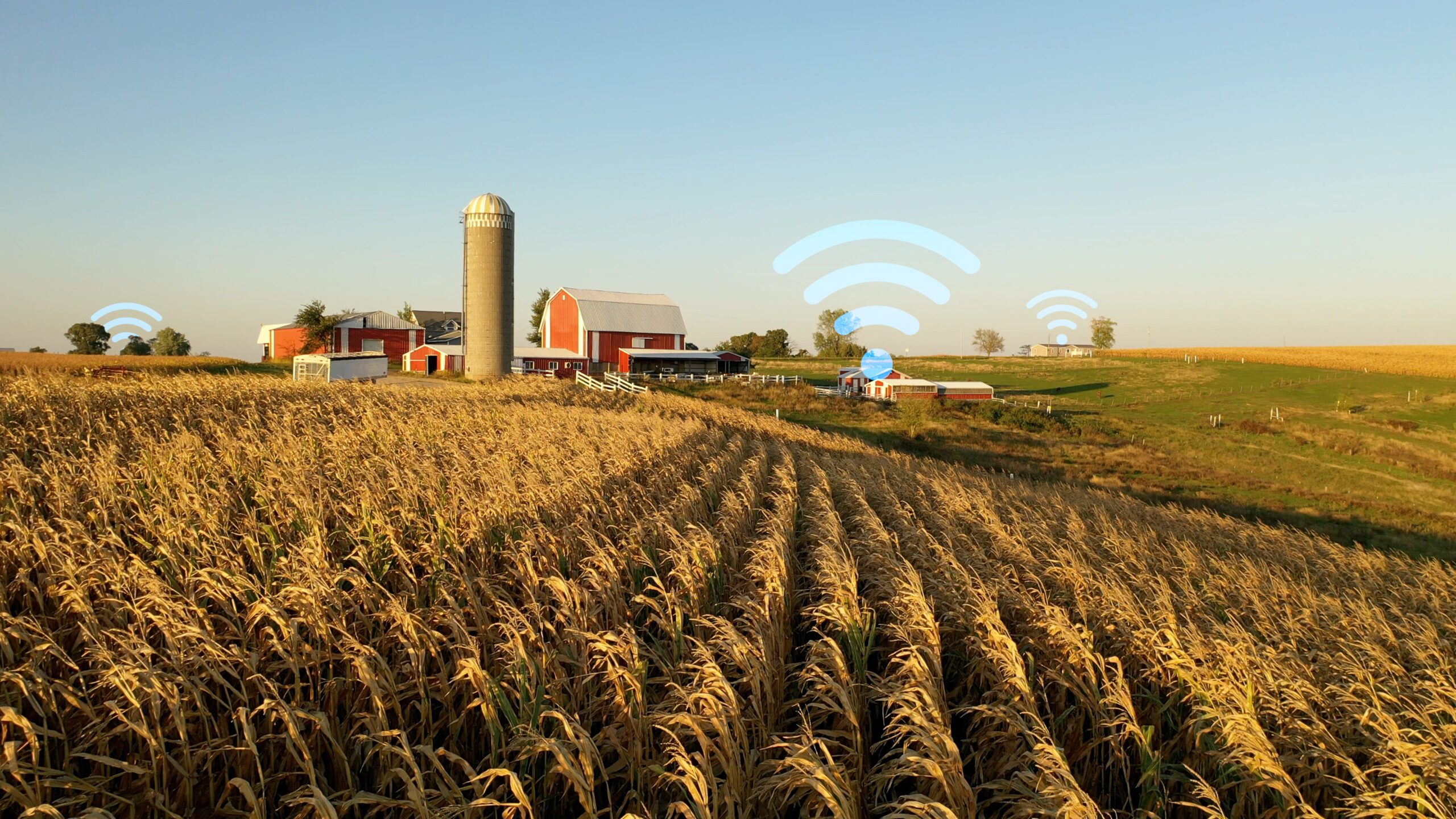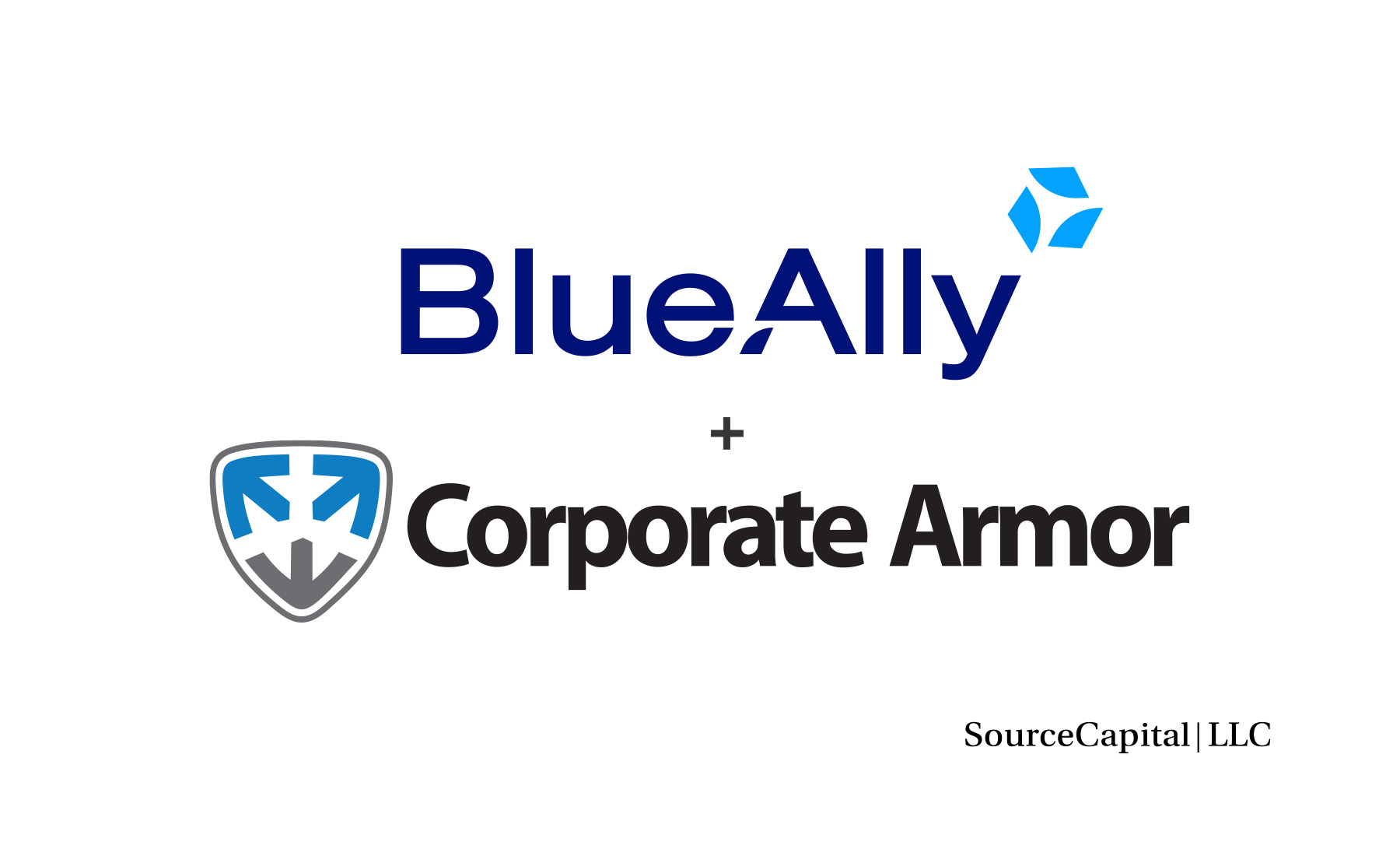 FEATURED
FEATUREDKEITH MANTHEY | Field CTO
For years, the technological innovations that fit under the umbrella term of Digital Transformation (DT) have resulted in significant hype as buyers across all industries are sold on the benefits and advantages of adopting the next innovation. The reality, though, is that it is the combination of technologies under the umbrella of DT that will grant businesses a competitive edge over their peers. Without the right combination of technology building blocks in place, businesses will be hard-pressed to capitalize on advancements in the next hyped technology area, such as Generative AI and Agentic AI.
This dynamic is especially true when looking at the technologies that have coalesced to form DT initiatives in the Industrial Manufacturing sector. There are many monikers used to describe Industrial DT initiatives, be it Industry 4.0, Intelligent Manufacturing, or even just ‘Smart Factory’ which was coined back in 2011 at the Hannover Fair in Germany. The core benefit to Industrial businesses for each of these terms revolves around one common principle: Factory Automation.
Factory Automation is the implementation of technology and systems to automate single or factory-wide manufacturing processes to both improve productivity and reduce costs. For decades now, industrial businesses have been investing in the modernization of their IT and Operational Technology (OT) environments to optimize their footprints. Some of these early investments centered on bringing connectivity to the often hundreds of machines that span their factory footprints to harness device-level data. While these investments have brought ROI in the form of machine uptime, it has also laid the necessary foundation for achieving higher-value Factory Automation use cases.
More importantly, technologies that will play a vital role in enabling Factory Automation outcomes have likewise been maturing. This is particularly true at the bottom of the technology stack in the field of Edge Computing, which provides an alternative compute architecture for Industrials to be able to manage, synthesize, and optimize their machines in real time. Conversely, at the top of the technology stack the advent of Digital Twins has provided an intuitive, intelligent interface for factory operators to make use of a constant stream of machine-centric or system-wide data to drive productivity and reduce costs. In the middle ground is the centralization of all the telemetry, logs, images, and other related data coming out of the OT advancements in the Factory. The sole goal of all of these activities are to further an organization into becoming a Data Driven Organization.
This blog post will delve into Edge Computing and Digital Twins, their unique characteristics, and how, together, these technologies provide Industrial Businesses with what they need to transform their processes and capitalize on Factory Automation use cases at scale.
What is the Edge?
Edge Computing is a distributed model that brings the components needed for bringing the decision making in closer proximity to the sources of data. This approach allows adopters to move a portion of their storage and compute resources outside a centralized data center, be it on-premises or in the cloud. From there, organizations can dedicate resources to specific facets of their business, such as those deemed mission critical. This design methodology offers many advantages over more traditional centralized models.
A key business benefit of Edge Computing comes in the form of reduced latency by reducing the distance data needs to travel (i.e. to a centralized datacenter). Instead, data is captured, stored, and if desired, acted upon at the point of creation. While this improves the speed and real-time curation of insight at the device level, it likewise avoids clogging the network with data flowing across multiple endpoints, thus improving the broader environment’s performance. Oftentimes, network bandwidth into these facilities is limited due to their lack of proximity to major network hubs for fast connectivity. OT and Edge grew out of the need to push the compute and storage closer to the factory due to these typical network limitations. OT environments in the factory will not only improve performance, but in the case of centralized compute resources coming from cloud providers such as Microsoft or AWS, it can decrease their cloud compute and storage demands, thus reducing the Operational Expenses (OpEx) for organizations being paid to these companies.
The advantages of Edge Computing are not the result of one specific device or solution but rather an ecosystem of devices, sensors, controllers, and sub-components (sometimes referred to as the Internet of Things or IOT) that together comprise an Edge environment. Each of these Edge Devices will serve a distinct purpose, be it data aggregation, network management, or synthesizing device information.

Simply put, the power of devices comprising the Edge is in their ability to be used together to serve a larger outcome. For instance, augmenting an IoT Sensor on a device with a processor best suited for AI (i.e. ASICs) would allow a business to get the most out of the Predictive Maintenance solution they’re looking to deploy on that specific device.
Supporting any Factory Automation use case demands computing architectures that allow for design flexibility. This is a direct result of the sheer number of devices, machines, people, and processes that any Factory Automation use case touches. In any IT/OT initiative being pursued, the compute architectures’ flexibility is not a “nice to have” but a necessity.
Understanding What Your Data is Telling You: Where Digital Twins Come In
Edge Computing is just one of the core building blocks of Factory Automation. Without the right mechanisms to make use of the valuable data it provides, the data is meaningless. These key mechanisms range from advanced technologies like AI to augment operators with intelligent solutions that know when to flag a problem before it arises. Or reporting on production lines to understand if the output is within pre-set parameters and, if it isn’t, where the manufacturing choke points are. In concert with these systems are mechanisms for working with and visualizing the data to make sense of complex processes or machine-centric operations. This necessity has given rise to the concept of Digital Twins, which provide the UI/UX for operators, R&D experts, and other stakeholders to wring true transformative value from their Factory Automation initiatives.
What is a Digital Twin?
Digital twins are a virtual replica of not just physical objects, but also the processes and systems of an organization. In the context of a machine, a Digital Twin captures real-time, real-world data on machine temperature, vibrations, and friction points through a single pane of glass to let an operator see how it is performing. Further, Digital Twins allow users to run simulations on real-world data to determine potential failure points of the machine before they arise. These same outcomes can be run at a system level, such as visualizing an entire manufacturing process, from machine health to production efficiency or capacity, which uses AI and advanced analytics to flag laggards to production to rectify the issue.
Given the complexity of industrial processes, Digital Twins align well to supporting Factory Automation initiatives. This alignment stems in part from what a Digital Twin allows users to test before they’re enacted in the physical process. The Digital Twin allows for running simulations of potential automation steps to understand the likely output in terms of whatever key indicators are being tested against, be it energy consumption, production capacity, and output, or measuring the duration of the process lifecycle. Before digital twins, efforts to optimize production would require trial and error which could negatively impact the current state. Today, this risk is simulated with a Digital Twin so any leader or factory operator can reduce risk before enacting changes to their production lines.
Unsurprisingly, the maturation of Edge Computing and IoT have each played a vital role in the advent and subsequent adoption of Digital Twins. Without these two technologies, Digital Twins would fail to have the necessary data integrated into a single view, be it from factory devices, ERP systems, supply chain and logistics, or building controls. Therein lies the challenge with any Factory Automation initiative. Not all industrial entities are at the same level of maturity on their DT journey. Many pre-cursor steps may still be required before an organization can reap the benefits of a technology like Digital Twins.
Gaps to Factory Automation from Edge
What is standing in the way of companies adopting Digital Twin if they have OT and Edge environments propagated throughout their factory? In most cases, it is that the data is siloed in the OT and Edge environments and not centralized and aggregated for use by Digital Twin or other advanced capabilities like Agentic AI. The entire reason why Edge devices are often set up is that network bandwidth to the facilities can be limited. Other challenges are often presented with geography and regional laws dictating where data can be sent from those regions. The challenge then is to architect ways to centralize data into a design that works around any bandwidth limitations, any regulations around data distribution, and still allows centralization use for Digital Twin and other advanced use cases. Solving the data gap from IO/Edge to Digital Twin requires a conscious design and architecture to facilitate this divide.
What are the Steps of Factory Automation?
Charting the course of any successful Factory Automation initiative requires a strong understanding—from leadership to the front-line factory worker—of their desired outcomes. Rank ordering the criticality of multiple desired outcomes is vital to getting collective buy-in from all necessary stakeholders and decision-makers before any meaningful transformation effort can begin. Desired outcomes could range from reducing carbon emissions by cutting energy consumption of manufacturing processes, using diagnostic data of machines to improve machine uptime, all the way to improving factory safety by using sensors to shut down production if workers are at risk.
Once the desired outcomes are agreed upon, an organization can begin their first step of a continuous Factory Automation Journey.

Conclusion
The rate of innovation has accelerated as technologies under the umbrella of DT are brought to market. This can leave many organizations feeling unsure of where to start, particularly when viewing highly complex industries like Industrial Manufacturing. The truth is that intelligent factories are far from a new concept, and the core tenants of these opportunities, like machine-to-machine communication, have only been enriched by the advent of new technologies now contained in the sphere of Factory Automation. While these innovations have expanded the “art of what’s possible” for industrials, the core building blocks remain the same for any business seeking to unlock the opportunity.
Edge Computing and Digital Twins are both poised to catalyze Factory Automation opportunities going forward. According to Fortune Business Insights, the field of Edge Computing is projected to grow from USD 21.41 billion in 2024 to USD 216.76 billion by 2032, exhibiting a CAGR of 33.6%. Likewise, Grand View Research forecasts the global Digital Twin market is expected to grow at a compound annual growth rate of 35.7% from 2024 to 2030 to reach USD 155.84 billion by 2030. It is the combination of these foundational Edge Computing technologies paired with the insight and visualization engines of Digital Twins that will further accelerate Factory Automation’s maturation.
For decades now, IT Services experts like BlueAlly have been a trusted partner to many industrial businesses looking to start, restart, or evolve their Factory Automation journeys. By working with partners well-versed in the field, industrial organizations can reduce the unnecessary risk associated with harnessing value from their highly complex operations so they can gain a competitive advantage over industry peers, who, like you, are looking to gain the same first-mover advantage.





































